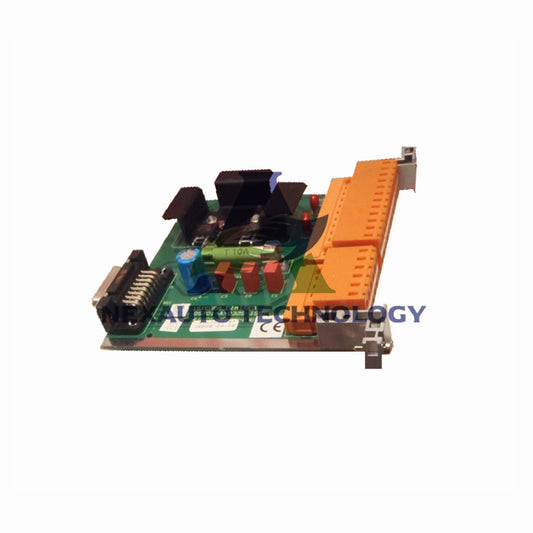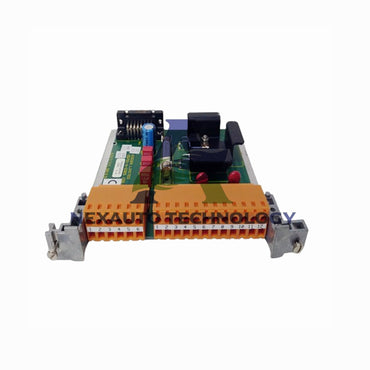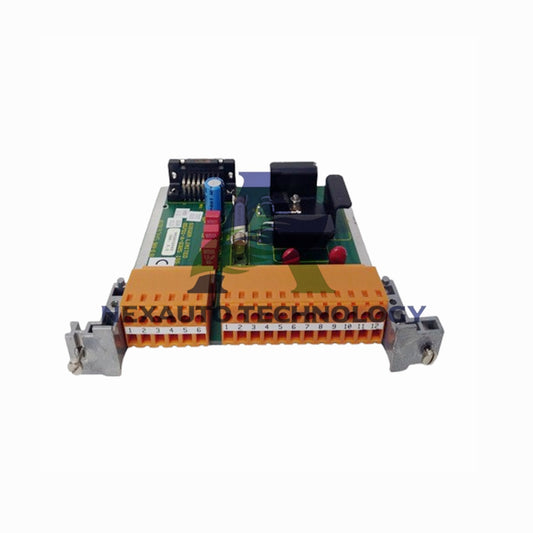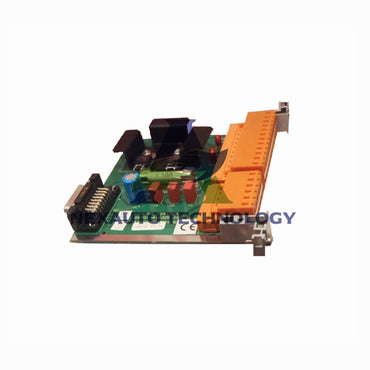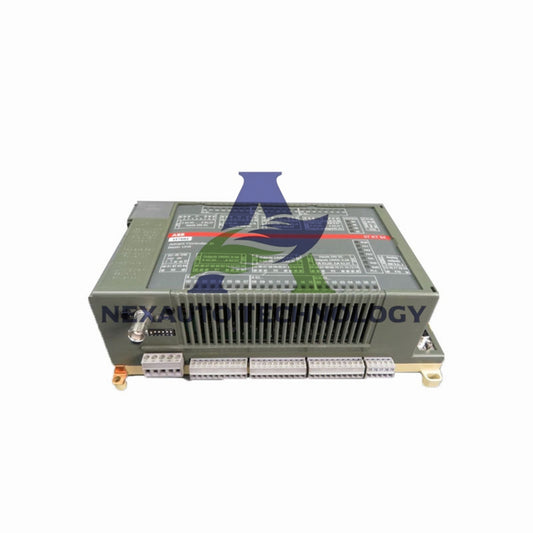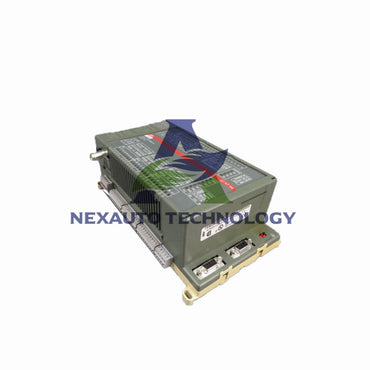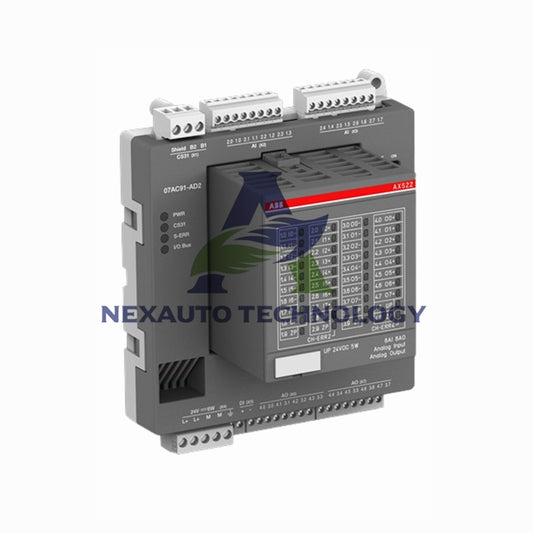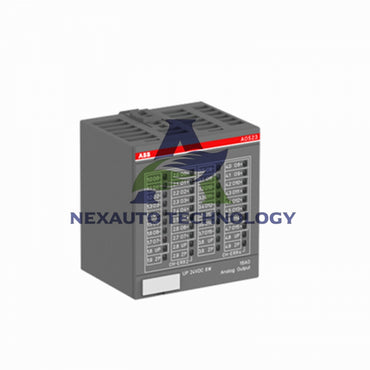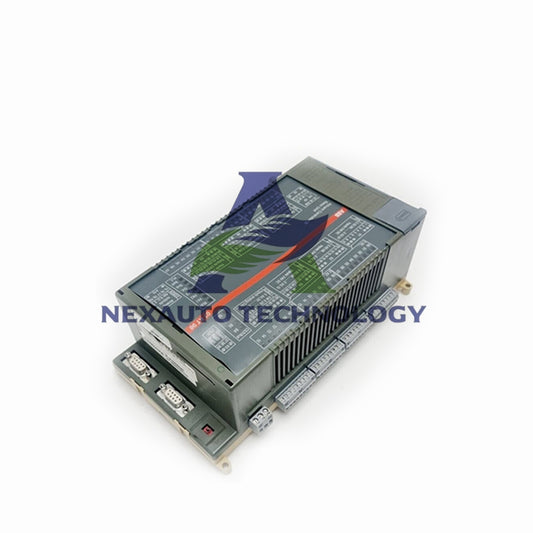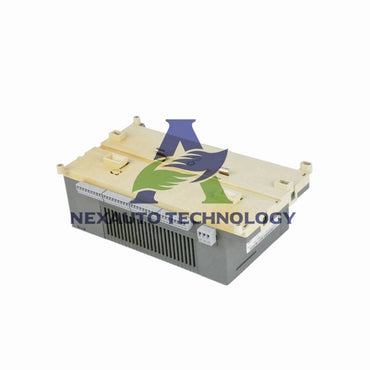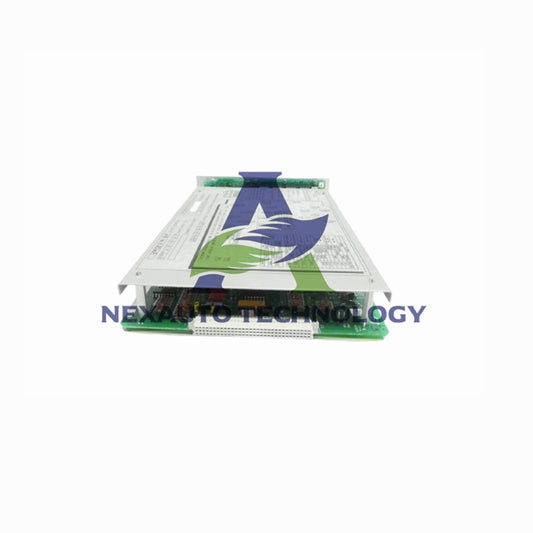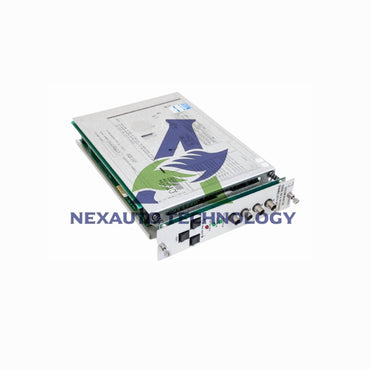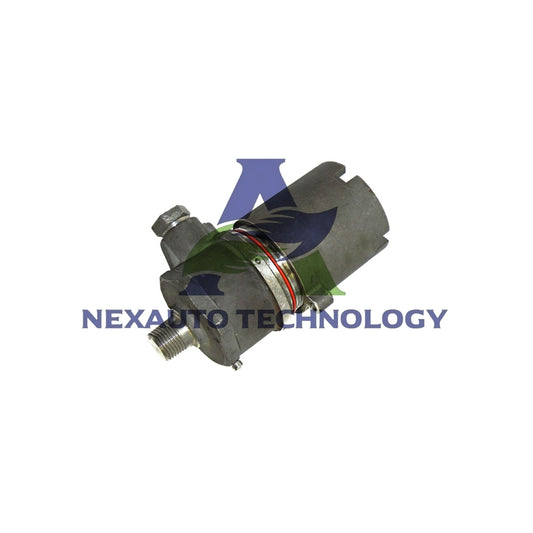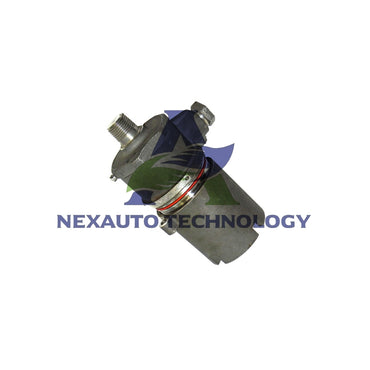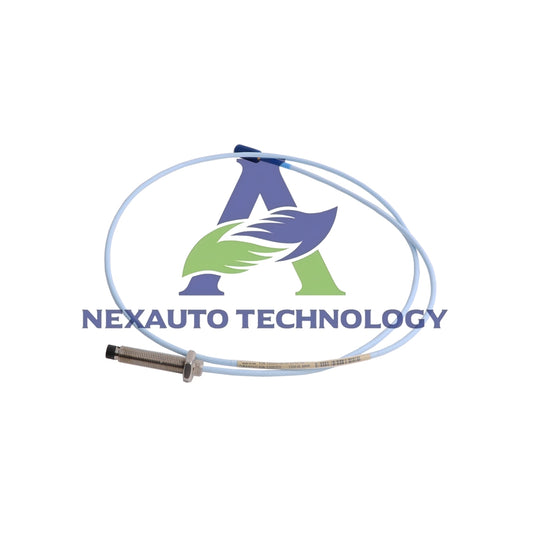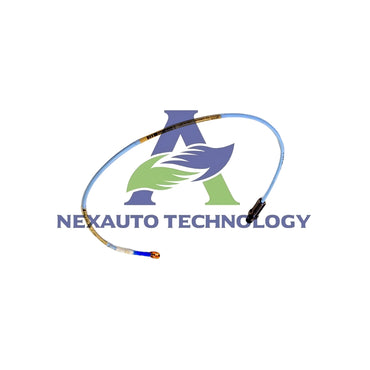Why Modern PLC & DCS Integration Improves Industrial Automation Efficiency
Modern industrial plants are increasingly adopting integrated PLC (Programmable Logic Controller) and DCS (Distributed Control System) solutions to enhance automation efficiency. By combining the strengths of both systems, facilities gain complete operational oversight, improved reliability, and measurable cost savings.
Introduction to PLC and DCS Systems
PLCs excel at controlling discrete processes such as conveyor belts, robotic arms, and packaging lines. DCS systems, in contrast, manage continuous processes like chemical mixing, temperature regulation, and fluid flow control. Together, they provide a unified automation framework, allowing plants to optimize both production speed and quality simultaneously.
According to a recent survey, 78% of plants using integrated PLC and DCS systems report faster production response times and improved operational visibility.

Key Benefits of System Integration
- Process errors are reduced by up to 25%.
- System reliability increases by 30%.
- Production efficiency improves by 20–35%.
- Product quality defects decrease by 15–22%.
- Energy consumption in chemical plants drops by 12% annually.
- Unplanned downtime reduces by 15–20%.
- Equipment uptime reaches up to 98%.
For example, a mid-size chemical plant integrating PLC and DCS reported over 1,200 hours of production time saved annually due to reduced errors and faster process response.
Enhanced Data Visibility and Decision-Making
Integration allows centralized dashboards for operators and engineers, providing real-time visibility into production, quality, and maintenance data. Facilities using centralized dashboards resolve 40% more incidents before they escalate, reducing average response times from 45 minutes to 10 minutes.
Predictive analytics help anticipate potential failures, enabling data-driven decisions that minimize downtime. For example, predictive alerts can prevent motor failures, saving up to $500,000 per year in maintenance costs for large-scale manufacturing plants.
Simplified Maintenance and Reduced Downtime
Integrated systems support predictive maintenance by leveraging sensor data. Engineers receive alerts before critical faults occur, reducing emergency maintenance costs by 18–25%. In power generation facilities, this translates to millions of dollars in annual savings and improved overall equipment effectiveness (OEE).

Scalability and Future-Proofing
Modern PLC and DCS integration ensures scalable automation. Plants can add new production lines, advanced sensors, or IoT devices without replacing existing hardware. Integration also supports Industry 4.0 initiatives, cloud analytics platforms, and AI-driven process optimization.
Facilities implementing integrated systems report up to 50% faster project deployment for new automation initiatives, ensuring competitive advantage and future readiness.
Measurable Impact – Key Statistics
| Metric | Improvement | Example |
|---|---|---|
| Process Errors | -25% | Reduced defective batches in chemical plant production |
| System Reliability | +30% | Consistent machine operation across all shifts |
| Production Efficiency | +20–35% | Faster assembly line throughput |
| Energy Consumption | -12% | Lower utility costs in continuous process industries |
| Unplanned Downtime | -15–20% | Fewer emergency maintenance events |
| Equipment Uptime | 98% | Optimal turbine and motor availability in power plants |
Conclusion
Integrating modern PLC and DCS systems drives tangible efficiency gains across industrial operations. Facilities experience reduced errors, faster response times, simplified maintenance, and scalable growth. As automation technology evolves, integrated systems become indispensable for companies aiming to enhance uptime, reduce costs, and remain competitive in the Industry 4.0 era.
Check below popular items for more information in Nex-Auto Technology.

